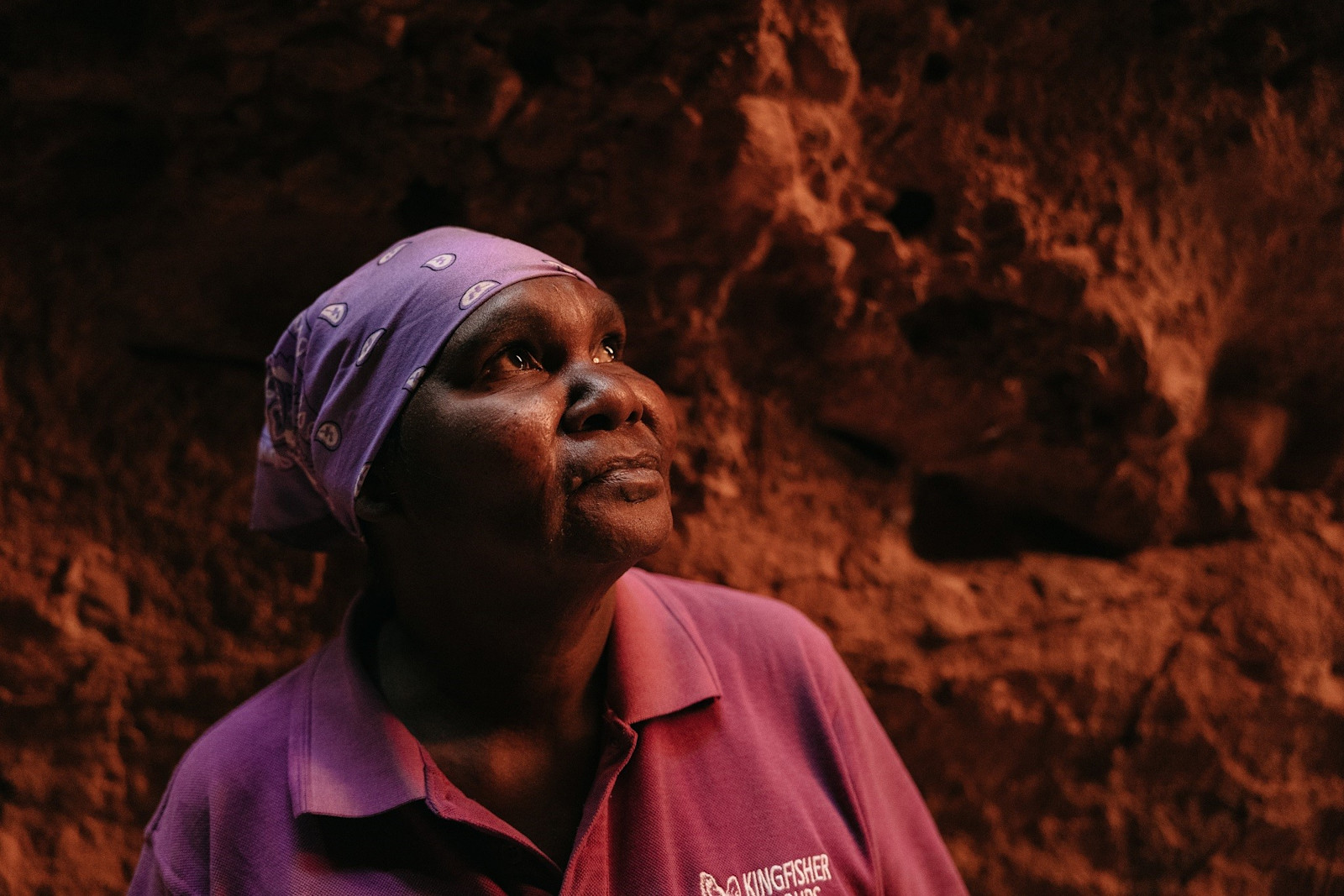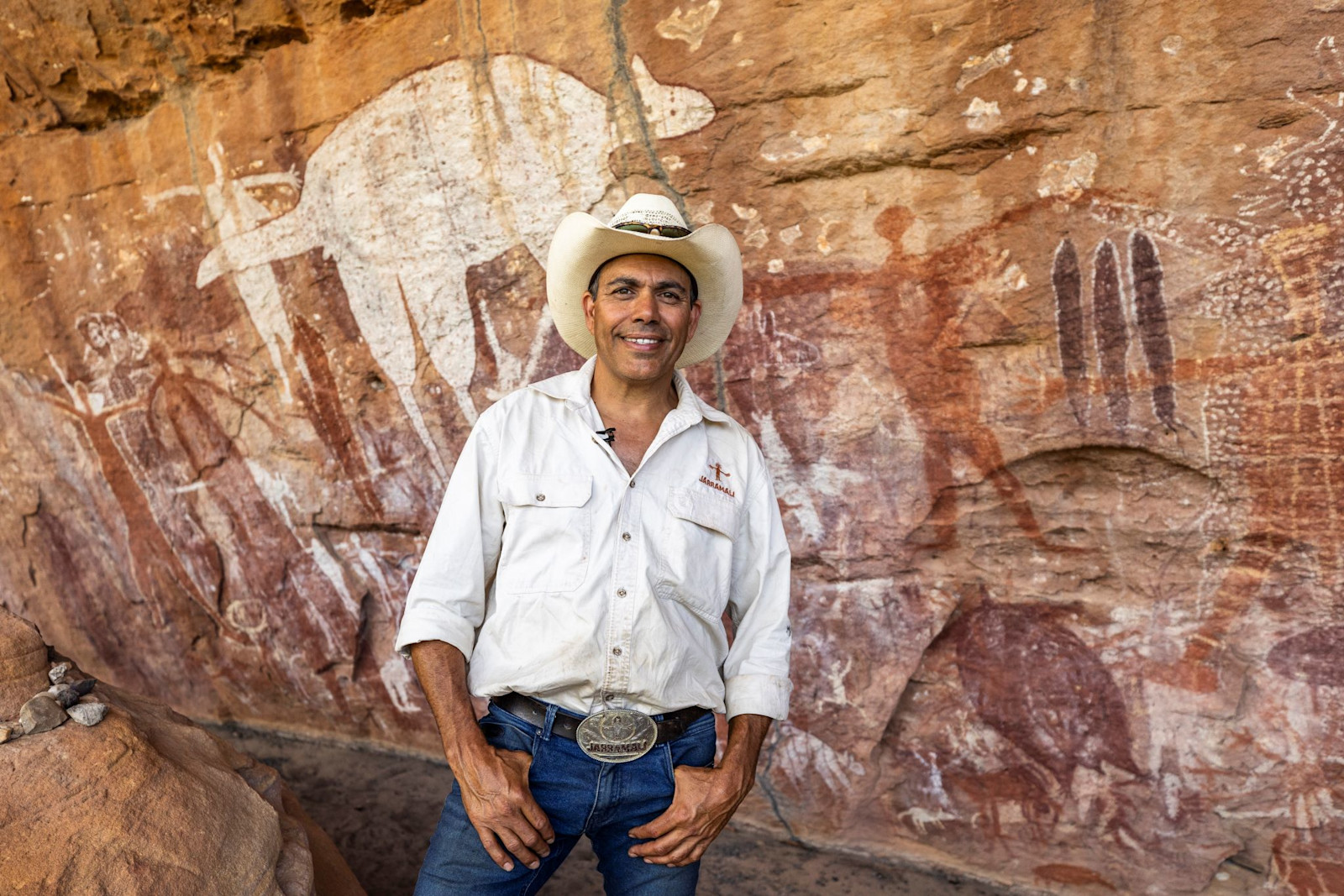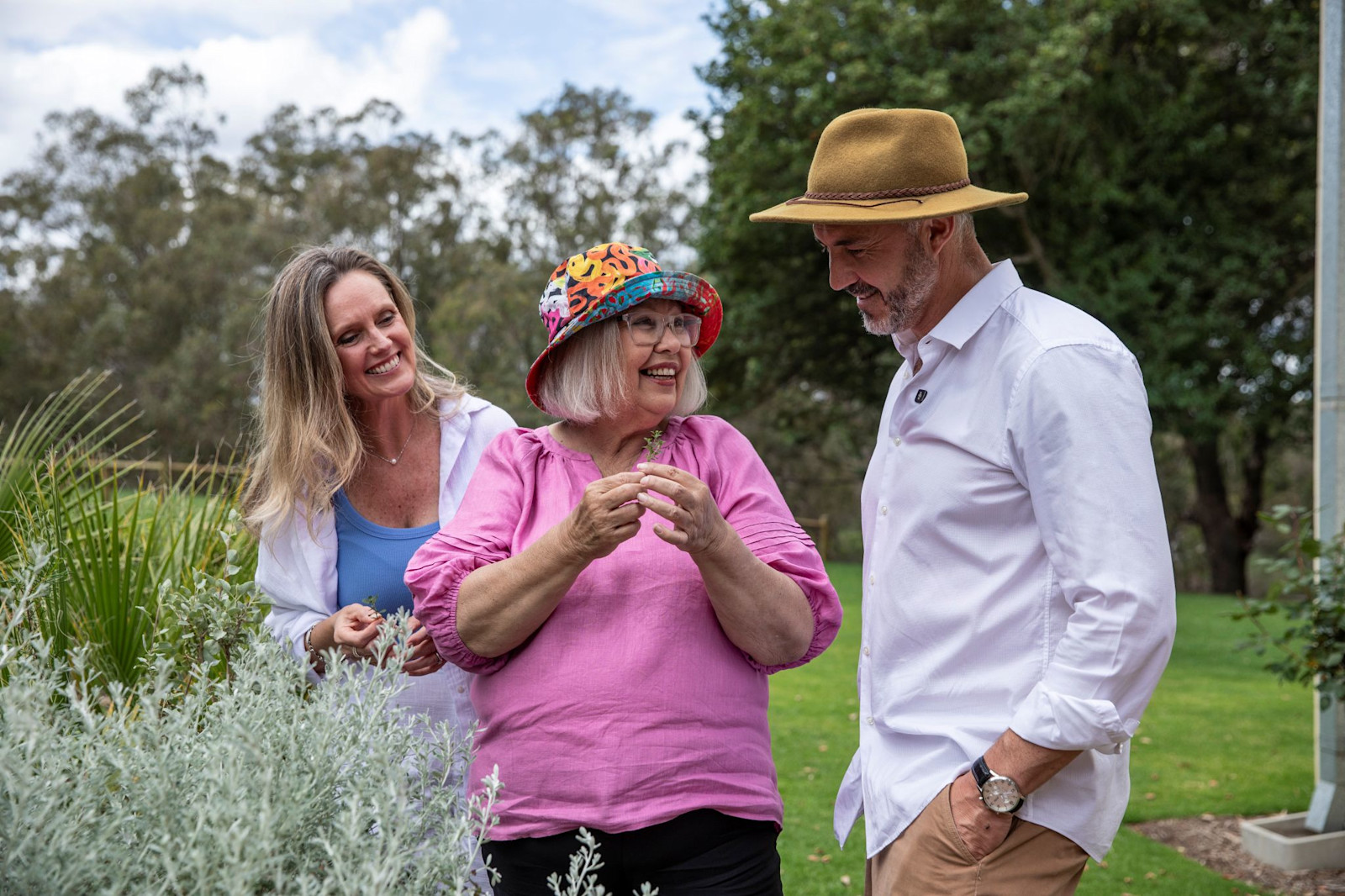Guide to the green ant in Aboriginal cultures
Found across tropical Australia, the green tree ant (Oecophylla smaragdina) is a tiny master engineer with a big role in Aboriginal cultures, despite being just 5–7 mm long.

Green ants, Daintree, Queensland © Walkabout Cultural Adventures
Found throughout tropical Australia, the green tree ant, also known as the weaver ant and by its scientific name Oecophylla smaragdina, isn’t only a master engineer. Just five-to-seven millimetres long, these tiny insects play an outsized role in Aboriginal cultures.
What are green ants?
Look closely at the trees in northern Australia, and you might spot clusters of leaves fused together with silvery thread to create nests. This is the work of green ant colonies that have cleverly ‘stitched’ the leaves together with silk made by green ant larvae. When their nest has been built, the ants won’t hesitate to swarm over a perceived threat to defend their home. They don’t sting, but they do bite. Then they squirt acid from their green-hued gaster (behind) into the bite site to ensure the intruder gets the message. While green ants sound viscous, most people find their bites more irritating than painful.

Aaron Port, guide, crushing green ants for guest, Walkabout Cultural Adventures, Queensland © Walkabout Cultural Adventures
What roles do green ants play in Aboriginal culture?
Aboriginal communities have been harnessing the healing properties of green ants for countless generations.
On an Aboriginal tour in northern Queensland’s Cairns / Gimuy region with the likes of Walkabout Cultural Adventures or the Mossman Gorge Cultural Centre, your guide may demonstrate a medicinal use for green ants by rubbing their hands together to crush a swarm of ants. Feel your sinuses clear as you breathe in the strong, citrussy scent of the ascorbic acid (better known as vitamin C) released by the ants.
“We also make a tea with them when we have a cough or a cold,” says Kuku Yalanji man Aaron Port, a guide with Walkabout Cultural Adventures. Not only is the tea healing, it’s also delicious, as you’re likely to discover for yourself on a Kakadu tour with Venture North Safaris.
“You can also eat them raw,” says Aaron, who invites brave guests on his tours to sample this tart Indigenous delicacy straight from the nest.
While some Aboriginal groups have traditionally used the Vitamin C-rich green ants for medicinal and nutritional purposes, other groups including the Kugu people of the western Cape York Peninsula consider the green ant to be a Totem animal.

Green ant gin, Seven Seasons Distillery © Seven Seasons Distillery
Where else can I try green ants?
Green ant has become a hero ingredient in many Australian products over the last decade, adding a unique Australian flavour to everything from artisan gins to gourmet cheeses. The humble insect has also been embraced by chefs in Australia and abroad, and is now found on menus including the Wintjiri Wiru sunset dining experience at Ayers Rock Resort in Uluṟu, where canapes include gin-infused cucumber with green ants and celery salt.












